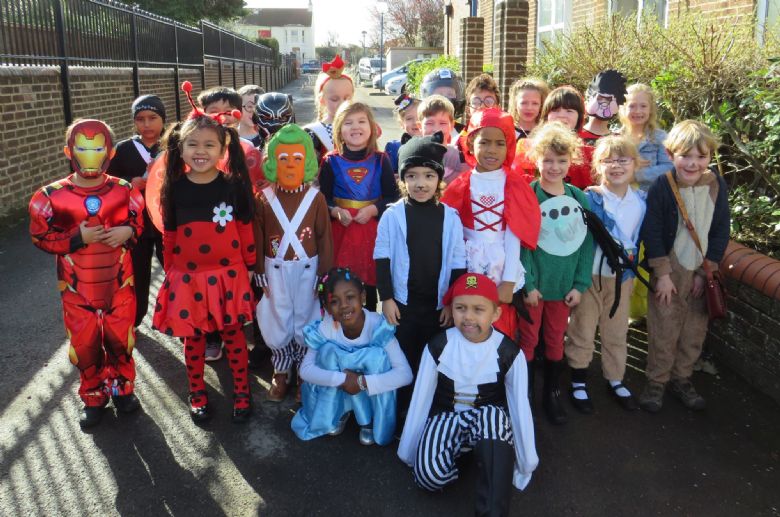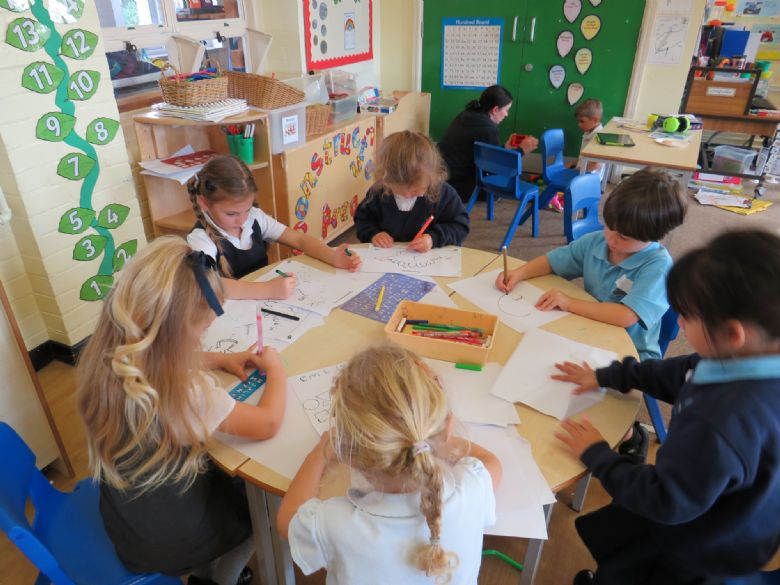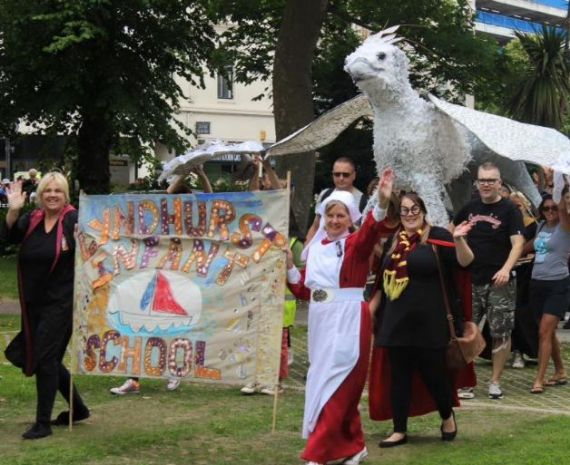Head lice advice
- Head lice are tiny grey/brown insects. They are about the size of a sesame seed (the seeds on burger buns). Head lice cling to hairs but stay close to the scalp which they feed off. Head lice lay eggs which hatch after 7-10 days. It takes about 10 days for a newly hatched louse to grow into an adult and start to lay eggs.
- Nits are the empty white eggshells which are left when the lice hatch. Nits look like dandruff but stick strongly to hair. Unlike dandruff, you cannot easily brush out nits.
How can you tell if you have head lice?
Head lice are difficult to find just by looking in the hair. If you suspect that your child (or you yourself) have head lice, it is best to do detection combing. Some people advise that you do this to children's hair regularly, about once a week.
Detection combing: wet hair method
This will take 5-15 minutes to check each head, depending on hair length and thickness. It is also used as a treatment for head lice - see later.
- Wash the hair in the normal way with ordinary shampoo.
- Rinse out the shampoo and put on lots of ordinary conditioner.
- Comb the hair with a normal comb to get rid of tangles.
- When the hair is untangled switch to a detection comb. This is a special fine-toothed comb. (The teeth of normal combs are too far apart and the teeth of 'nit combs' are too close together.) Some pharmacies stock detection combs.
- Bug Buster® detection combs are available on prescription. You can also get them by mail order from Community Health Concern (see under 'Further help & information', below).
- The Hedrin® detection comb is not available on prescription.but can be bought from pharmacies.
- Slot the teeth of the detection comb into the hair at the roots so it is touching the scalp.
- Draw the detection comb through to the tips of the hair.
- Make sure that all parts of the hair are combed by working around the head.
- Check the comb for lice after each stroke. A magnifying glass may help.
- If you see any lice, clean the comb by wiping it on a tissue or rinse it before the next stroke.
- After the whole head has been combed, rinse out the conditioner.
- Repeat the combing procedure in the wet hair to check for any lice that might have been missed the first time.
Detection combing: dry hair method
This will take 3-5 minutes to check each head, depending on hair length and thickness. Although useful to detect head lice, it is not useful as a treatment.
- Straighten and untangle the dry hair using an ordinary comb.
- Once the comb moves freely through the hair without dragging, switch to a detection comb, as described above.
- Starting from the base or the side of the scalp, comb the hair from the scalp down to the end of the hair. Comb each section of hair 3-4 times before moving to an adjacent section.
- Look for lice as the comb is drawn through the hair.
- If a possible louse is seen, trap it against the face of the comb using the thumb. This avoids the risk of the louse being repelled by static electricity as the comb is withdrawn from the hair.
- Continue combing the hair section by section until the whole head of hair is combed through.
Treating head lice
If head lice are present, you need to treat your child.
You should only treat your child if you find live head lice, which confirms a live infestation. Don't treat 'just in case'.
Head lice are tough. They can’t be killed by washing with normal shampoo or normal combing. Because they reproduce so quickly, you’ve got to kill them before they spread.
If your child has head lice, check everyone in the family. You'll need to treat everyone affected to get rid of them.
You can treat head lice by wet-combing hair with a special comb, or by using medicated lotions or sprays available over the counter at pharmacies.



































